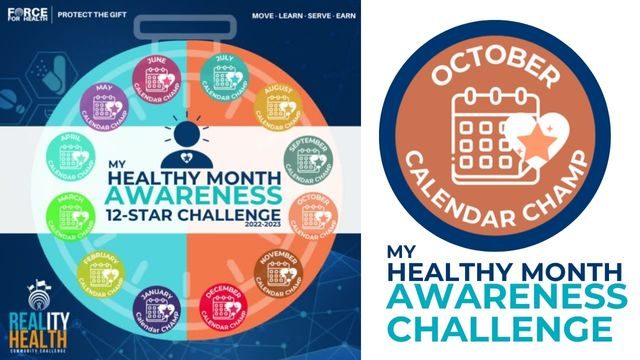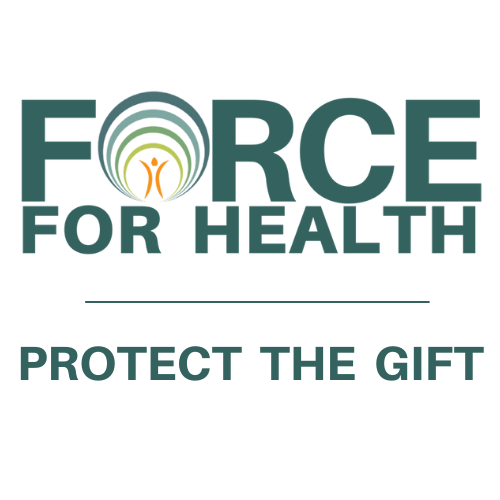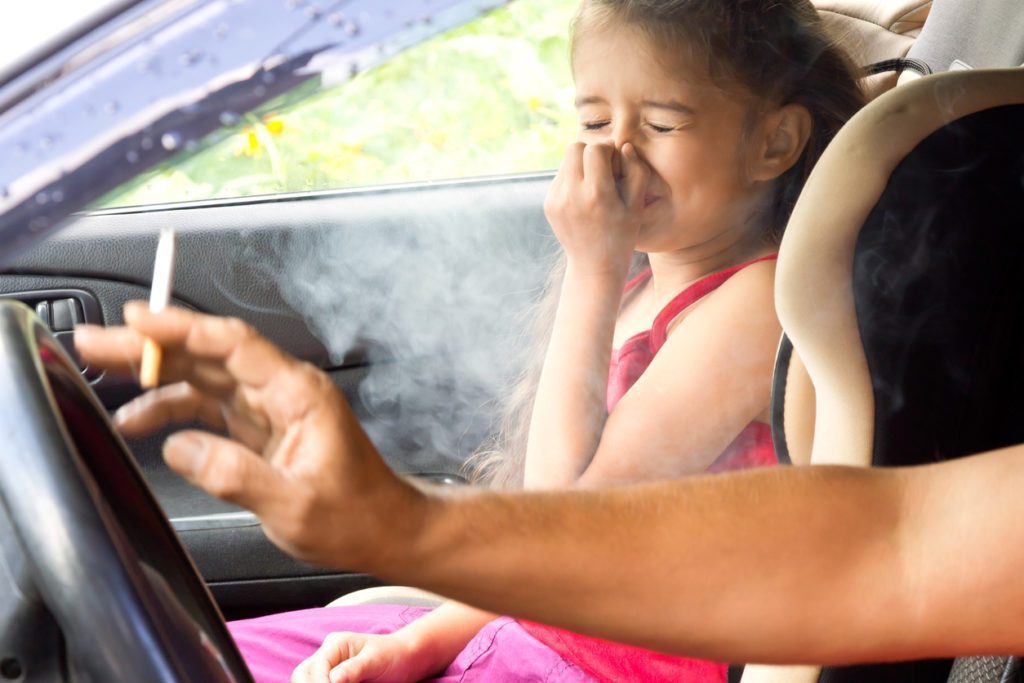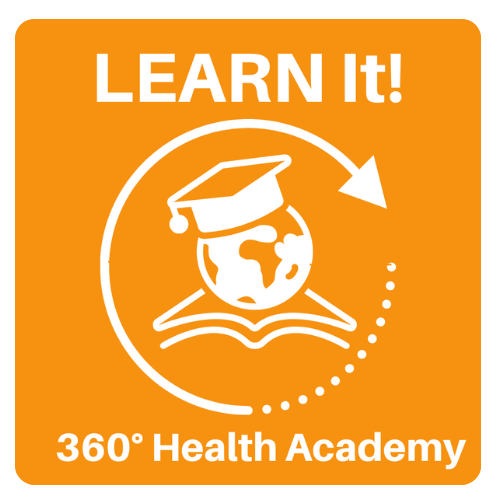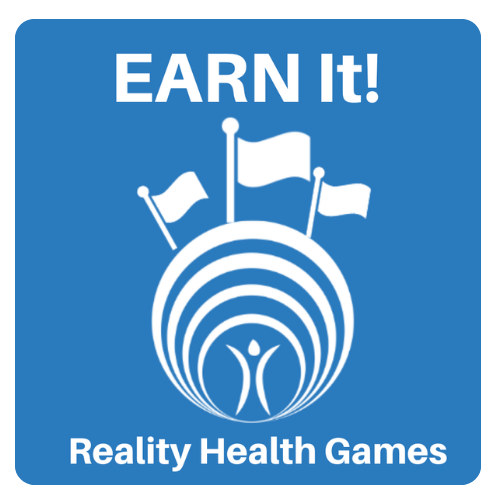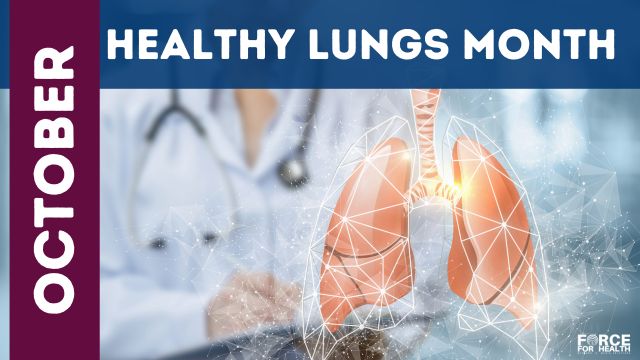
Healthy Lungs Awareness
Learn it
Dr. Rob’s Transcript
Two healthy lungs. Take a deep breath. That air is going into your lungs and pulling oxygen from the surrounding environment—whether you’re indoors or outdoors. As you exhale, your body releases waste in the form of carbon dioxide. Think of your lungs like a chimney, removing the smoke created by your muscles as they burn glucose during activity. It’s truly remarkable that we have two healthy lungs. Technically, we could survive with one if needed, but we certainly don’t want to be in that situation. We want to keep both lungs healthy for life.
Let’s look at how lungs are structured. They’re located inside the rib cage—an armor of protection with mobility. The ribs lift and drop, helping expand and contract the chest. Using the 360 Human Explorer, you can see how the chest thickens from front to back as you breathe in, creating negative pressure that draws air into the lungs. At the same time, your diaphragm pulls downward, pushing on your stomach to make more room for the lungs to inflate. These two pink organs are incredible and essential.
They’re protected by the sternum, which can be removed in the 3D model to reveal the heart nestled between the lungs. These are called vital organs, and their protection by the rib cage is no accident. It’s one more reason we need to work hard to keep them healthy. Avoid inhaling air filled with particulate matter or strong chemical odors.
Now, when we look at another image—like a lung affected by pneumonia—we can see the interior bronchial tubes that carry air from the nose and mouth down into the lungs. When someone has pneumonia, those tubes become inflamed and filled with mucus. Even under normal circumstances, the lungs produce mucus to trap dust, smoke, pollen, and bacteria. Celia—tiny hairs lining the respiratory system—help sweep this mucus out of the lungs to be coughed up or swallowed.
Zooming in further using the model, you can observe structures 10,000 times larger than real life. The airways are about the width of a human hair, surrounded by muscles that can tighten in response to cold air, dust, or irritants. In asthma, they constrict too much. Medications help relax these muscles. At the end of these airways are alveoli—tiny air sacs where gas exchange happens. They’re like cul-de-sacs, and when mucus clogs them, pneumonia can set in.
The body has several protective mechanisms: mucus to trap irritants, muscles to regulate airway size, vocal cords to prevent choking, and Celia to sweep out debris. Watching the motion of Celia is fascinating—they rhythmically move mucus upward so it can be expelled. This natural cleaning system is a vital part of lung health.
If you log into the Force for Health platform, especially as an ambassador, you can explore these systems using the 360 model. I encourage you to earn your Respiratory System Badge. Learn not only how lungs work and how to protect them, but also about diseases that affect them.
And now, let me look you in the eye and say: Please don’t smoke. Avoid working in dusty environments, or wear a mask if you must. Stay away from people who are coughing, or protect yourself. Likewise, don’t cough on others—cover your cough to protect their lungs. If you can see or smell something in the air that doesn’t seem right, try to avoid it. This includes secondhand smoke and invisible threats like radon gas. If you don’t know whether radon is present, get a radon test kit and find out.
Now breathe in deeply through your nose. This warms, humidifies, and filters the air. Exhale slowly through your mouth with slight pressure. It helps keep your alveoli open and can even help you relax. If you do this kind of focused breathing—eight to twelve-second breaths—for 10 or 12 rounds, you may even fall asleep by the tenth breath. I know I do most nights.
Dr. Rob here—reminding you to be a Force for Health. Protect those two healthy lungs. Learn about them. You own them. You are responsible for them. And the Human Explorer on the Force for Health platform is your owner’s manual.
Live it
Stay and explore the anatomy yourself. You can zoom in, rotate, review the names of the structures, and learn.
Share it
Share your knowledge and share your post. Don’t hesitate to enjoy taking a deep breath. It is miraculous system that is working every second of your life.
Call to Action
Visit the Force for Health 360° Virtual Health Academy to learn more about health literacy and take charge of your own well-being. Click on the images below to go to the October Healthy Month Challenge.

